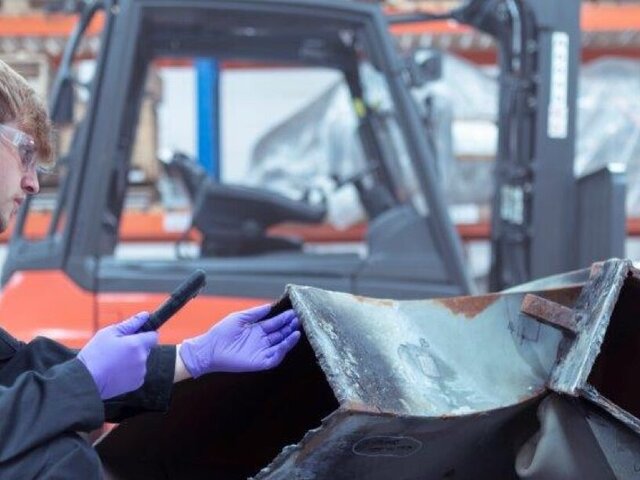If you need to identify the physical and thermal properties of a range of non-metallic materials including polymers or plastics, composites and ceramics, then The Lab’s Non-Metallic Materials Testingservice can help. Contact us today
Non-metallic materials testing involves a wide array of methods to assess their properties, performance, and suitability for various applications. These tests are crucial for ensuring the quality, safety, and reliability of products made from non-metallic materials like polymers or plastics, composites and ceramics.
Key aspects of non-metallic materials testing:
Types of Tests
Non-metallic materials testing can be broadly categorised into mechanical, thermal, chemical, and non-destructive testing.
Mechanical Testing:
These tests evaluate the material's strength, stiffness, toughness, and resistance to deformation. Examples include tensile, compression, flexural, and impact testing.
Thermal Testing:
This involves assessing the material's behaviour under temperature changes, such as its melting point, thermal expansion, and resistance to heat.
Chemical Testing:
This includes analysing the material's chemical composition, its resistance to various chemicals and solvents, and its ability to undergo chemical reactions.
Non-Destructive Testing (NDT):
NDT techniques, like ultrasonic testing, visual inspection, and radiographic testing, are used to detect defects or flaws in materials without damaging them.
Specific Applications:
Testing methods are tailored to specific applications, such as energy, automotive, aerospace, and construction, where non-metallic materials are widely used.
Importance of Testing
Testing helps to identify potential problems, ensure compliance with industry standards, and optimise material performance.
Examples of specific non-metallic materials testing methods:.
- Compatibility testing: This involves monitoring experiments and analysing their changes throughout the test schedule.
- Hardness testing: This determines the material's resistance to indentation.
- Visual inspection: This involves visually inspecting the material for any visible defects.
- Ultrasonic testing: This uses sound waves to detect internal flaws in materials.
By employing a comprehensive range of testing methods, The Lab can help industry develop and utilise non-metallic materials effectively across various industries.
The Lab’s Non-Metallic Materials Testing experience
Here at The Lab, we’ve supported large and small businesses with their non-metallic materials analysis requirements. Using our state-of-the-art Scanning Electron Microscope with EDX chemical analysis, Advanced Digital Microscopy, DSC and FTIR equipment (link to other equipment pages) and bespoke mechanical testing with our trusted partners.
To take just a few examples, The Lab has worked on several investigations into compatibility issues of gaskets, hoses, and other elastomer components for a range of different industries. We’ve also worked with energy companies to analyse umbilical’s for use in the Oil & Gas sector. In particular, assessing surface roughness using profilometry. Similarly for Oil & Gas, we have provided root cause analysis work for element failures for drilling companies.
Those are just a handful of examples of how The Lab has helped businesses with their non-metallic materials analysis needs.
Contact The Lab today and find out how our non-metallic materials testingservice can help your business.
